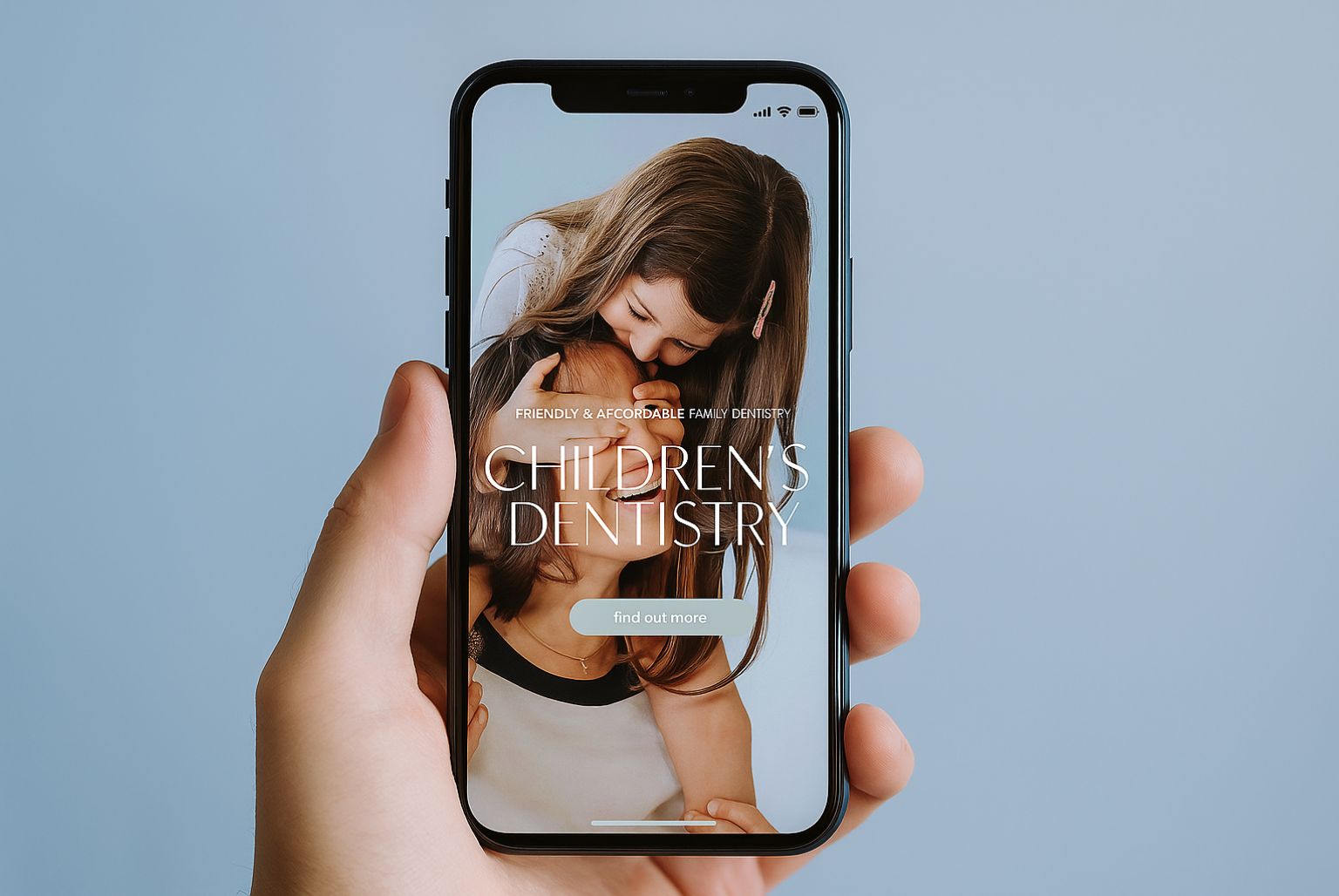What not to do when differentiating your practice
Adam Hampson of private dental design and marketing specialists, H&P, highlights five decisions that you should think twice about when trying to set your practice apart from others.
Dental practices operate in a competitive climate arguably populated by clinics that offer comparable treatments and services. The key to success is to differentiate your practice from others, to look and feel as though you have that ‘something special’ to offer new and existing patients, to make a good first impression and keep patients coming back. However, the reality is that many practices look and feel the same.
1. Don’t use a typical name
So, you decide to name your dental clinic ‘Smile’ or a variation on the theme – after all, isn’t that what dentistry is all about? But pretty soon you will realise that there is a Smile Spa down the road. Suddenly, you find yourself facing a new challenge – how do you set yourself apart from this other business? How do you show that your practice has something different to offer?
Then there’s the issue of standing out in any online or print directories (think Yell or a dental guide) when your practice has a name similar to several listings above and below it. For a patient scanning these directories, what reason would they have to choose your practice above others?
What you SHOULD do:
Choose a unique, memorable and relevant name for your practice so you can minimise unnecessary clashes and stand out from the competition.
2. Don’t use an uninspiring logo
When was the last time you went to a restaurant and remarked upon its clever use of plates of food and cutlery for a logo? Perhaps you were blown away by a supermarket’s branding around a till motif? ‘Never’, you might cry, and yet a staggering number of dental practices fall back on clichéd, uninspiring branding (a picture of teeth, for example) to attract patients.
What you SHOULD do:
It is easier to differentiate yourself from other practices by creating a brand that is unique to you. This brand should be more in tune with your ethos, the practice environment, team and services you plan to offer, as well as your target patients.
3. Don’t design a samey website
Designing a website can be a daunting prospect, not least because of potential costs. A large number of dental practices pick design companies that often work using templates to produce a run-of-the-mill site that looks the same as other dental practices in their area. It’s a shortsighted approach that can cost a lot more in the long run thanks to losing potential new patients.
What you SHOULD do:
Websites have less than 30 seconds to ‘wow’ new patients and yet many dental websites fail to make a lasting first impression. By using tired branding and the same iStock images found on other dental sites, there is nothing to visually distinguish your dental practice from others.
There again, a successful website needs more than good looks, championing substance as well as style. Too many practices communicate in the same tone and way – some overcomplicate their services, others don’t say enough, many forget that their patients are human beings.
In demonstrating your expertise, it can be tempting to give long, detailed descriptions of dental problems and their treatments, rather than the friendly, professional service you provide. Patients don’t come to websites to self diagnose; they want the reassurance of knowing that they’ll be in safe hands.
Think about the purpose of your website. Do you want it to reflect your brand, USPs and help build your reputation? Does it need to invite the interest of new patients as well as retain existing ones? Choose an experienced design agency to create a website that reflects your patients’ concerns and aspirations, and looks different from your competitors. Focus too on using images of your practice, its interior and your patients to personalise the patient journey.
4. Don’t use too many messages
You’re excited about the direction your practice is taking, the services you have to offer, the new equipment that’s going to revolutionise your restorative treatments, so it’s understandable that you want to spread the word. What better way to do that than by cramming as many marketing messages as possible on to your website or into your printed literature? The problem is that too much content can overpower new and existing patients.
What you SHOULD do:
Visiting a busy website full of confusing marketing messages can be a lot like reading a fast food restaurant menu – your patients won’t know what to choose or they’ll hone in on the wrong message and feel unsatisfied with their choice later. It’s okay to hold a bit back.
Instead of overwhelming potential patients with information about all of your treatments, make them feel comfortable and confident about your services and ethos.
With careful planning, you can let your marketing messages unfold to targeted patient groups or as a series of well-timed offers, which will keep your patients coming back for more.
5. Don’t use excessive SEO
Search engine optimisation (SEO): three words that can put fear into the hearts of the uninitiated and even generate conflicting opinions among those who claim to be ‘in the know’. In an effort to grab the attention of search engines and snare that elusive top spot on Google, the temptation is to litter your website with keywords andoptimised content.
What you SHOULD do:
Unfortunately, excessive search engine optimisation is counterproductive, compromising your website’s quality as well as your brand values. Poorly written, keyword-stuffed copy can damage the online experience, not least because it fails to flow or read well. In addition, excessively optimised pages can look spammy and suspect.
Search engine optimisation is about driving new enquiries to your website, but I would recommend quality over quantity any day.
Do your research to find out what keywords patients are using to find you (Google Analytics is an invaluable tool) and optimise the content of your website through warm and empathetic copy, as well as an intelligent use of links, offers and other content.
Call the H&P Design team today 01159 140 640




